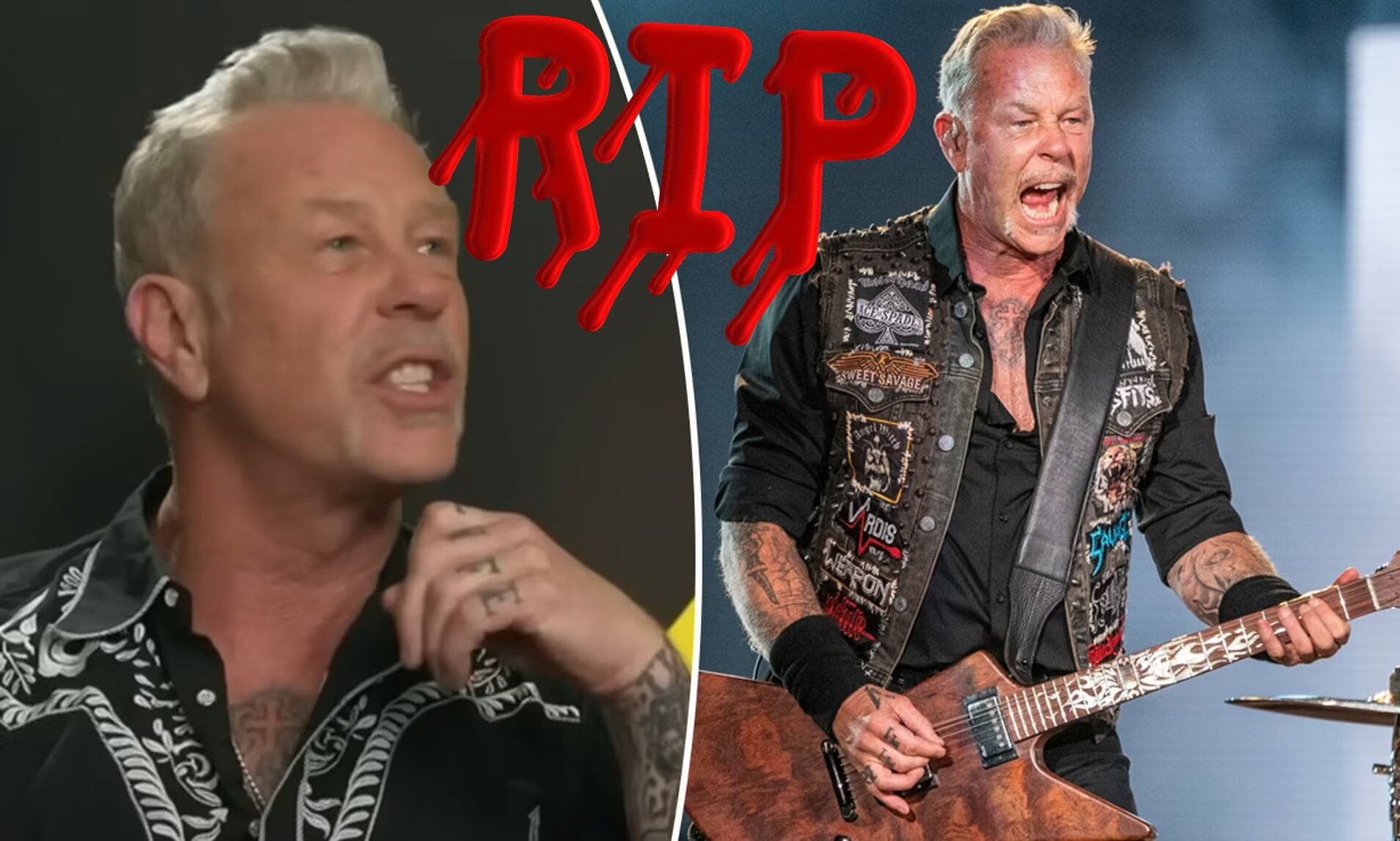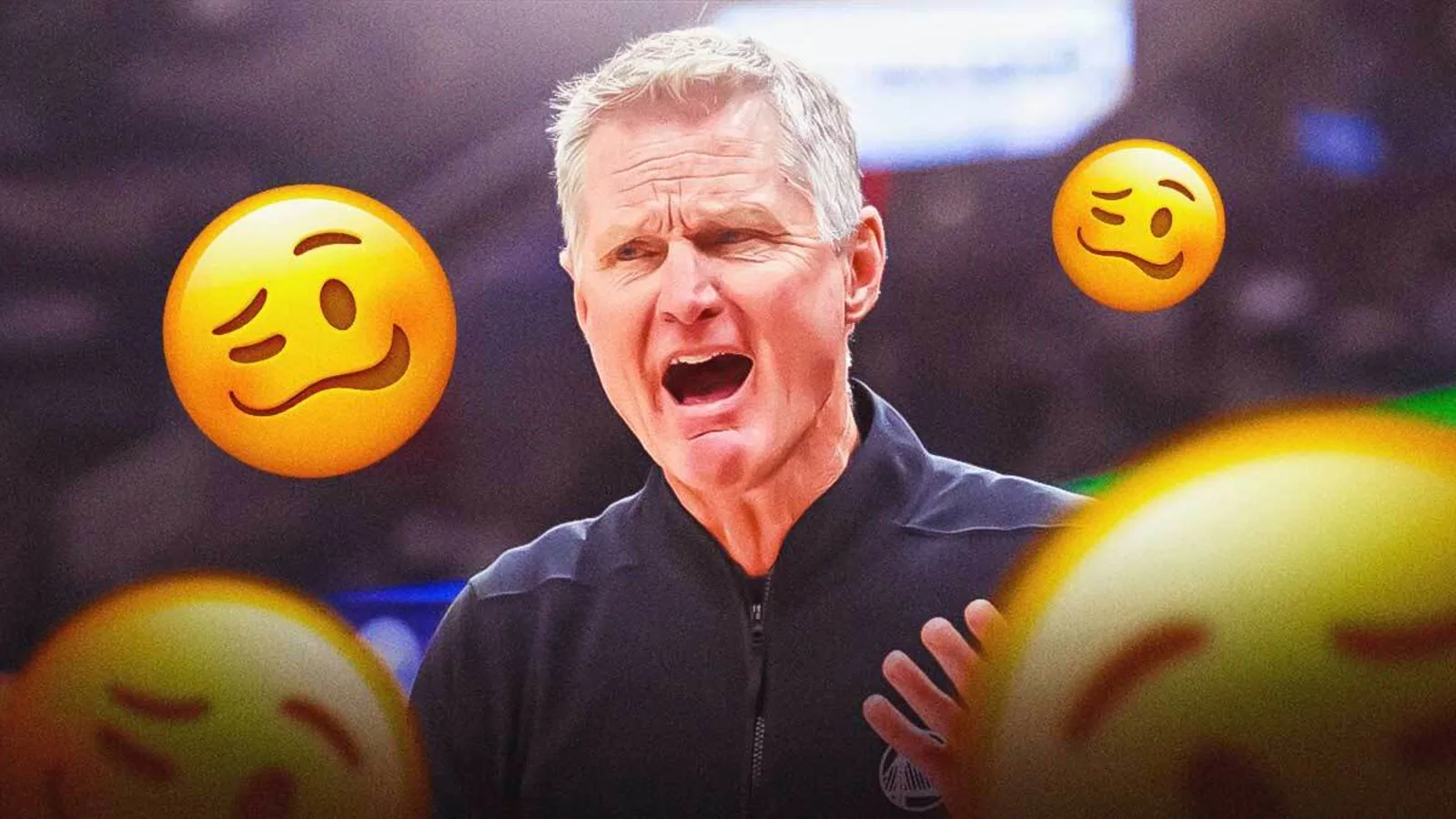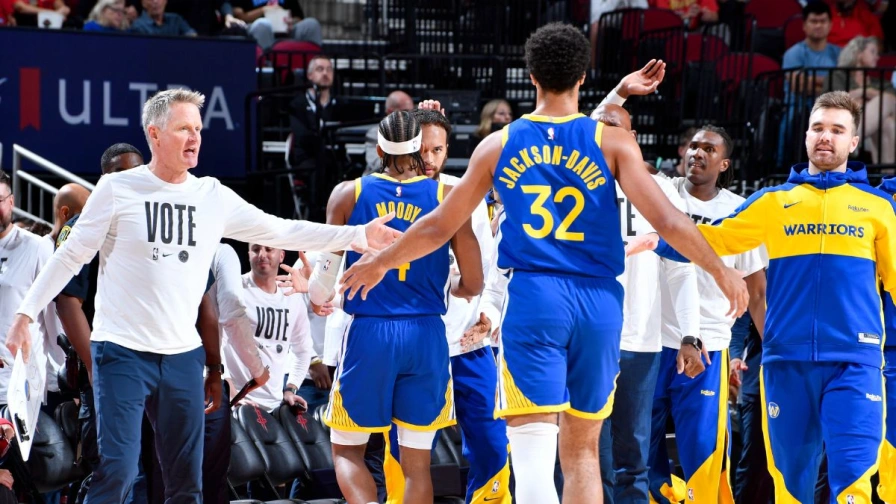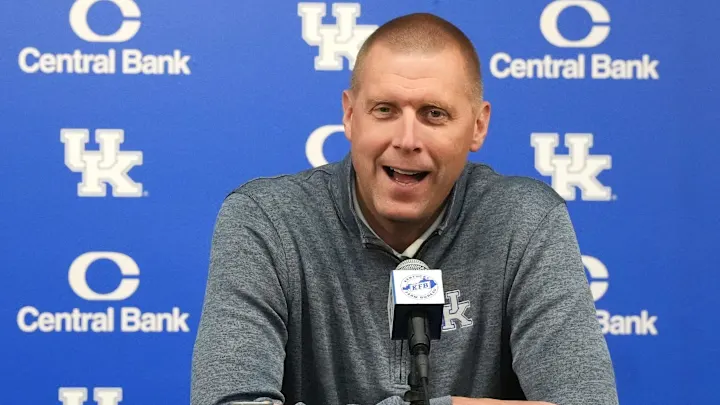As tensions rise within the Indiana Hoosiers basketball program, defensive coordinator Bryant Haines has spoken out, offering a brutal, honest assessment of the team’s struggles under Coach Mike Woodson. According to Haines, the team’s ongoing issues, including poor performance, frequent losses, and players decommitting, can be attributed to misconduct and abusive behavior displayed by Coach Woodson during training sessions.
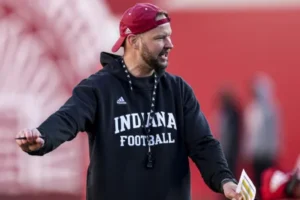
Haines claims that Woodson’s leadership style has created a toxic environment, one where the players feel verbally and emotionally abused. The defensive coordinator highlighted a series of incidents in which Woodson allegedly used harsh, demeaning language, belittling players during practice and publicly criticizing their abilities. This environment, according to Haines, has led to a lack of morale within the team, with players feeling demoralized rather than motivated.
The core of Haines’ argument centers around the claim that Woodson’s coaching methods have alienated key players. His abrasive language and reportedly high expectations have created an atmosphere where players no longer feel valued or supported. Instead of constructive criticism and encouragement, players are said to be met with insults and harsh words, which, Haines argues, is driving a wedge between the coach and his players.
Furthermore, Haines contends that the verbal abuse extends beyond the confines of practice. He alleges that Woodson’s behavior spills over into team meetings, where players’ mistakes are often highlighted in front of their peers in an effort to humiliate them. This has led to a breakdown in communication and trust between the coaching staff and the players, and it’s not only affecting on-court performance but also the recruitment process.
Haines believes that the culture within the team is directly contributing to a series of high-profile decommitments. Prospective recruits are reportedly turning away from the program after hearing about the hostile training environment, leading to a loss of talent that is crucial to the team’s future success. As a result, the Hoosiers find themselves struggling to maintain a competitive roster, and the cycle of losses continues.

At the heart of the issue is a disconnect between Woodson’s leadership approach and the players’ needs. Haines, who has been with the program long enough to witness the transformation under Woodson’s tenure, suggests that the coach needs to reassess his methods. He stresses the importance of a supportive and encouraging atmosphere in building a successful team—something he believes has been sorely lacking under Woodson’s current regime.

For the Indiana Hoosiers to turn things around, Haines insists that Coach Woodson must embrace a more positive, nurturing leadership style. The culture must shift from one of fear and intimidation to one of growth and collaboration. Only then, according to Haines, can the Hoosiers hope to regain the trust of their players, recruit top-tier talent, and, ultimately, restore the team’s winning tradition. Until then, Haines fears that the losses and player decommitments will continue to plague the program.


